Ertach Kernow - Cornwall’s wonderful gardens
Cornwall’s wonderful gardens, the success of which has largely been helped by our Cornish climate. Yes we have had a few sweltering days this year, to offset the rain and storms we received last winter, but on the whole temperatures fall in what might be termed a Goldilocks Zone. Weather records show that in comparison to elsewhere we are not too hot or cold nor too dry or wet, just right for a very wide variety of plants to grow.
Besides our local authority parks there is a huge variety of gardens and woodland, especially those connected with long-established gardens often forming part of Cornish country house estates. There is a group of gardens who are best known for their historic and horticultural importance known as ‘The Great Gardens of Cornwall’. Amongst these is of course the Eden Project and its associated Lost Gardens of Heligan and with their high profiles need no introduction here. These and the many other gardens have made Cornwall a paradise and created a relatively recent addition to Cornwall’s cultural heritage through their collections.
Many of the gardens together with the associated house have family histories that stretch back through time sometimes many centuries. This has enabled families to collect and nurture a wide range of plant species many from exotic overseas sources over many generations. Some of these historic family linages have separately benefited Cornwall philanthropically in other ways. Their original garden projects created for their own benefit and pleasure have now evolved into something Cornish folk and visitors can enjoy as well as helping boost their local economies and communities.
There are some gardens one has to grab the opportunity to visit as time availability is short. Chief amongst these are those at Tregothnan home to the Boscawen family since the 14th century. At Tregothnan the private gardens are a botanical treasure house of rare and endangered trees and plants from throughout the world. For the public there is an opportunity of just three days each year to visit these gardens. Tea and orchard tours can be booked where the tea plantations, the largest in Europe, are open all year round.
The Caerhays estate was first occupied by the Trevanyon family in the 14th century. The last occupant was John Bettesworth Trevanyon who after having the castle designed by famous architect John Nash and built between 1807 and 1810 fell into debt and fled to Paris. The estate was taken over by bailiffs in 1840 and was eventually sold to Michael Williams of Scorrier in 1853. It was his grandson John Charles Williams who began the transformation of the grounds into the garden now designated as being of outstanding importance by Kew Gardens and Registered as a Grade II* Park and Garden by English Heritage. These wonderful gardens and house at Caerhays are a real Cornish treasure but closed in June reopening for the spring of 2023.
The gardens at Trengwainton had their beginnings after the estate was purchased by the Cornish banker Thomas Simon Bolitho in 1867. However, it was his grandson Edward Hoblyn Warren Bolitho who on inheriting the estate from his uncle in 1924 began creating this outstanding garden in earnest. Trengwainton translated from the Cornish means farm of eternal springtime, perhaps providing a reason for the success of the estate as a garden. The gardens run by the National Trust since 1961 are open for most of the year and are recognised especially for the collection of tender shrubs including magnolias, rhododendron and camellias. Along with the wooded paths, open spaces and walled gardens there is the long border on the edge of the stream that flows through the garden.
Trewithen covers an area of 30 acres of woodland gardens and a further 200 acres of parkland. The garden was first properly developed during the early 20th century by George Johnson an expert horticulturalist who had inherited the house in 1904. There are some rare species and raising one in particular, Camellia ‘Donation’, has ensured its worldwide continuation. The estate itself has remained in the wider family since 1715 when Philip Hawkins purchased it and arranged for the rebuilding of the house and lay out the park. His nephew Thomas Hawkins who inherited had improvements made to the house and began the landscaping of the gardens. It was Thomas’ son Christopher Hawkins who increased the family wealth and once again did much for Trewithan as well as Cornwall. Christopher deserves a full article for himself on his accomplishments and activities throughout Cornwall. The estate passed to the Johnson family descendants, and it was George Johnson who obtained many of the rare species to Trewithen. His grandson Michael Galsworthy has continued the work and planted in excess of 30,000 trees. These have replaced those lost in storms and also provided greater shelter.
Trewidden Gardens forms part of the wider Bolitho estate and was purchased in 1850 by Edward Bolitho, brother of Thomas Simon Bolitho who would later buy Trengwainton. Edward began the fifteen-acre garden by firstly planting woodland to provide shelter and then bedding it with plants from Asia and the southern hemisphere. Perhaps Edward as a merchant was fortunate to have the horticultural expertise of his head gardener George Maddern who worked on the estate for 45 years. The work at Trewidden was continued by Edward’s son Thomas Bedford Bolitho who dealt with the opencast mine on the site by creating what is known as the Tree Fern Dell. This area is full of tree ferns some having been planted in 1902 creating what is considered the finest stands of Dicksonia antarctica in the Northern Hemisphere. Mary Williams daughter of T B Bolitho continued the work with the help of long-term head gardeners building the collection of camelias to over 250 specimens. Azaleas and magnolias form important collections within the garden now owned and run by Alverne Bolitho and his wife
Trebah Gardens begun by Charles Fox who was also instrumental along with his sisters in establishing the Royal Cornwall Polytechnic Society, better known now as Falmouth Poly. Over the centuries the Trebah estate had been owned by a raft of significant and historic Cornish families, the Georgian house being completed by the Nicholls family in the 18th century and predating the gardens. The Ordnance Survey 6” map which was surveyed in 1878 shows Trebah House clearly with surrounding woodland as well as nearby Glendurgan. Charles Fox bought the estate in 1838 and planted exotic species from around the world, he began six gardens in all including that at Glendurgan. The house and garden continued to be owned by his daughter and son in law, Juliet and Edmund Backhouse, who carried on and expanded Charles’ work. Between 1907 and 1939 the garden continued to flourish under the ownership of Charles and Alice Hext. In 1939 following Alice’s death the farm and house were sold off separately. The immediate post war years were not kind to Trebah, the Victorian House was destroyed by fire and a succession of owners did little to maintain the gardens. In 1981 Major Tony Hibbert with his wife Eira Hibbert bought Trebah and began a restoration and opening it to the public. Since 1900 it has been held by an independent charity the Trebah Garden Trust who preserve, enhance and re-create Trebah for the education and enjoyment of the public. This sub-tropical 26-acre garden is a wonderful multi-faceted garden and an absolute delight.
Something a little different is the Tremenheere Sculpture Garden, which is located in a beautiful, sheltered valley overlooking St Michael’s Mount. Besides the trees and plantings there are the rotating exhibition of sculptures by contemporary artists including some of international renown. These sculptures lend themselves to the landscape that includes tropical and sub-tropical plantings. There is also the Tremenheere Gallery that opened in January 2017 as one of the largest purpose-built art galleries in Cornwall. On two levels this includes a changing exhibition of work as well as those by the locally based group of artists.
This could only be a short roundup of just a few of Cornwall’s beautiful gardens, there are of course many more including those at many National Trust houses to visit. These often have the benefit of visitors being able to view the historic house as well. Lots of these have benefited to their evolving development by ownership by a single extended family over many generations. If you’re not a gardener then please enjoy visiting some of Cornwall’s wonderful garden heritage, if you are there’s also plenty of inspiration to find even for small gardens.
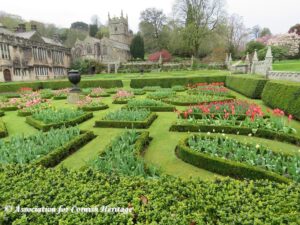
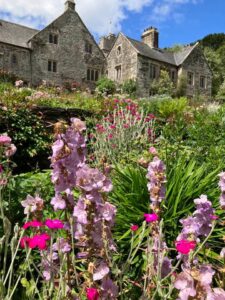
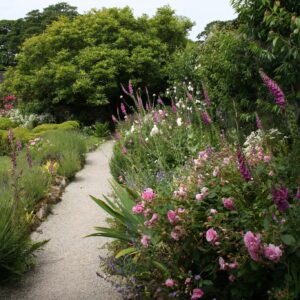
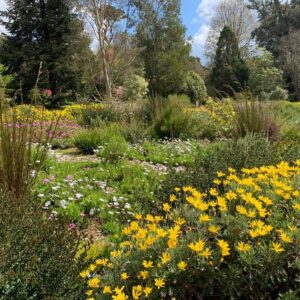
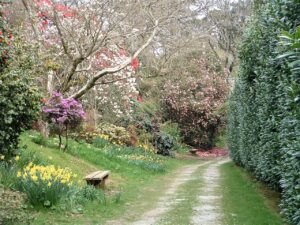
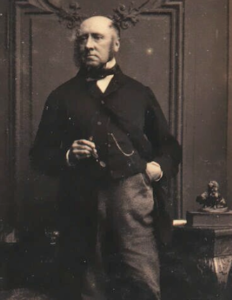
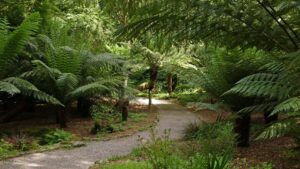
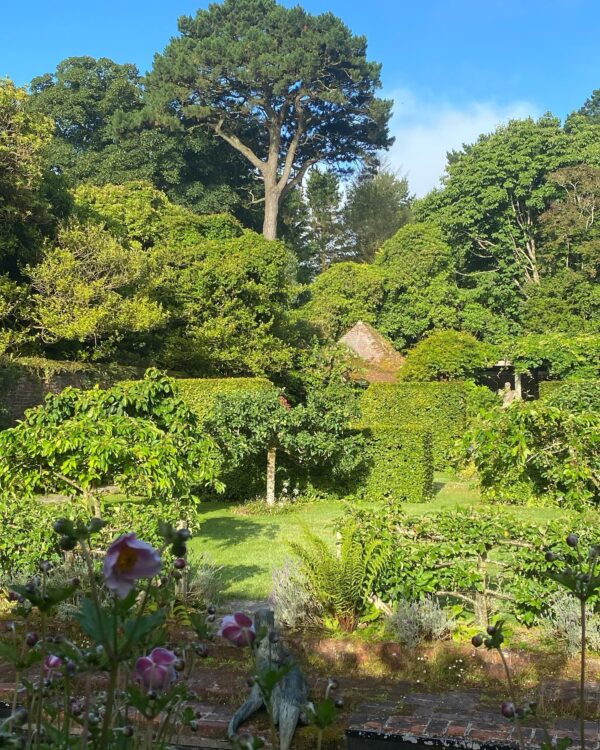
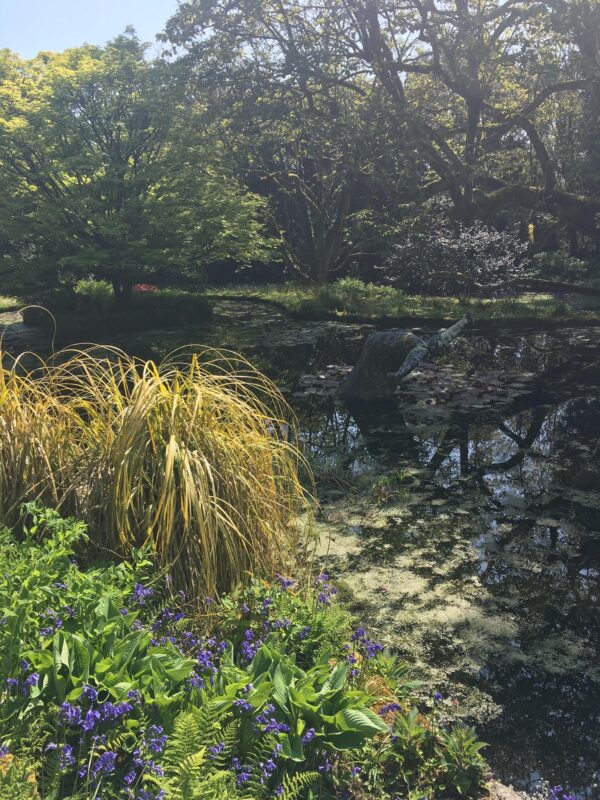
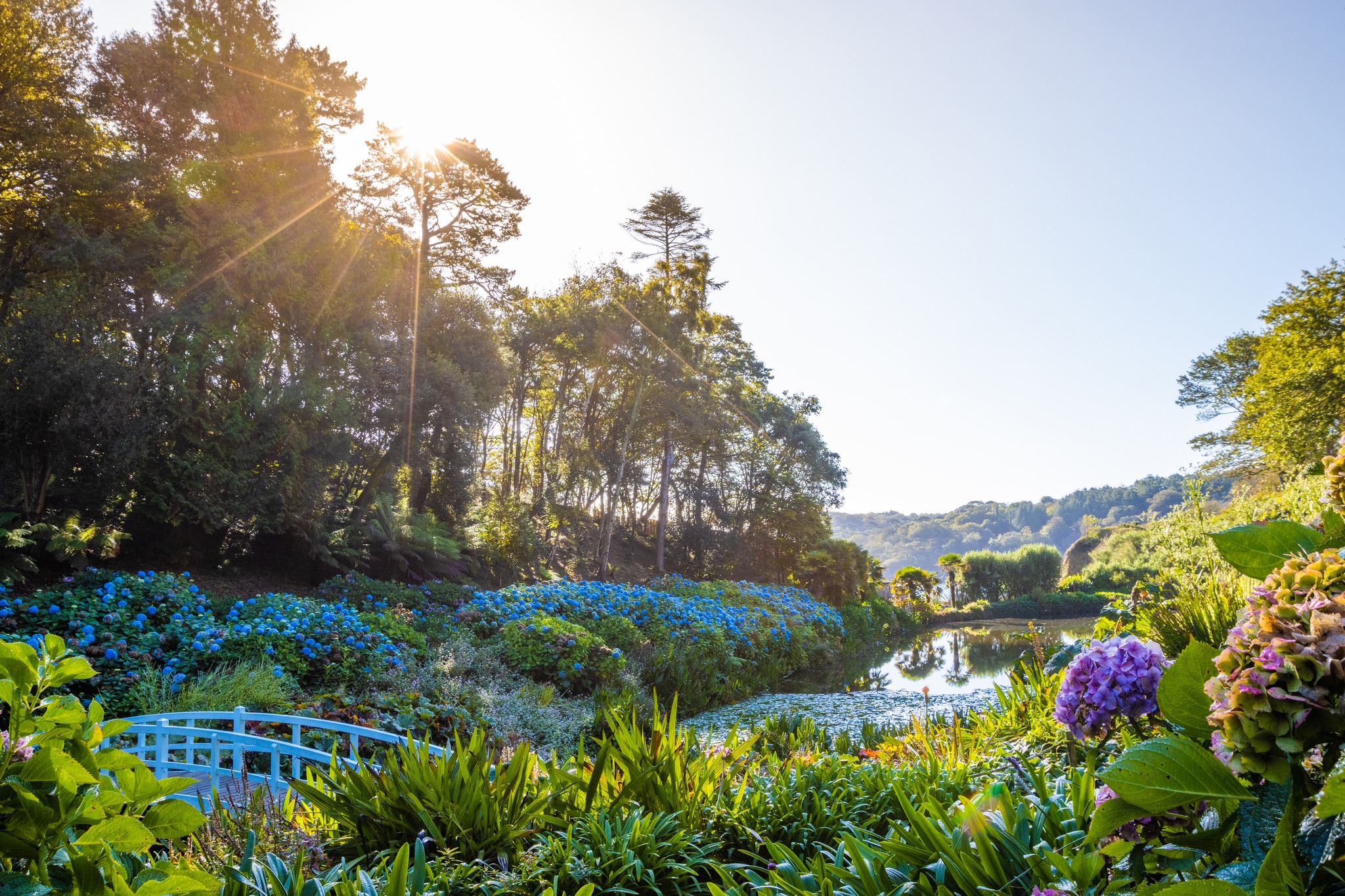
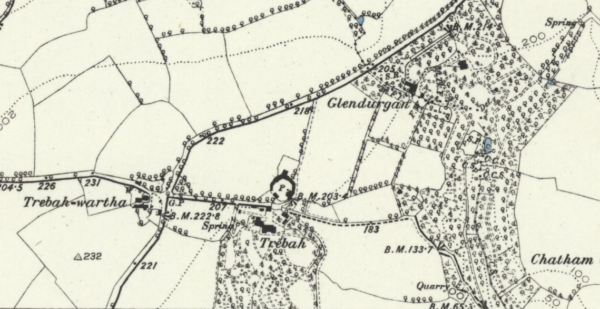
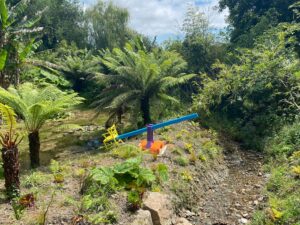
![[110] Voice - Ertach Kernow- 030822A Our Great Gardens [S] Ertach Kernow - Cornwall's wonderful gardens](https://www.cornwallheritage.com/wp-content/uploads/2022/08/110-Voice-Ertach-Kernow-030822A-Our-Great-Gardens-S-241x300.jpg)
![[110] Voice - Ertach Kernow- 030822B Our Great Gardens [S] Ertach Kernow- 030822B Our Great Gardens](https://www.cornwallheritage.com/wp-content/uploads/2022/08/110-Voice-Ertach-Kernow-030822B-Our-Great-Gardens-S-237x300.jpg)
![[50] Ertach Kernow Heritage Column - 09 June 2021 - Open day events return Ertach Kernow Heritage Column - 9th June 2021 - Open day events return](https://www.cornwallheritage.com/wp-content/uploads/2022/08/50-Ertach-Kernow-Heritage-Column-09-June-2021-Open-day-events-return-265x300.png)